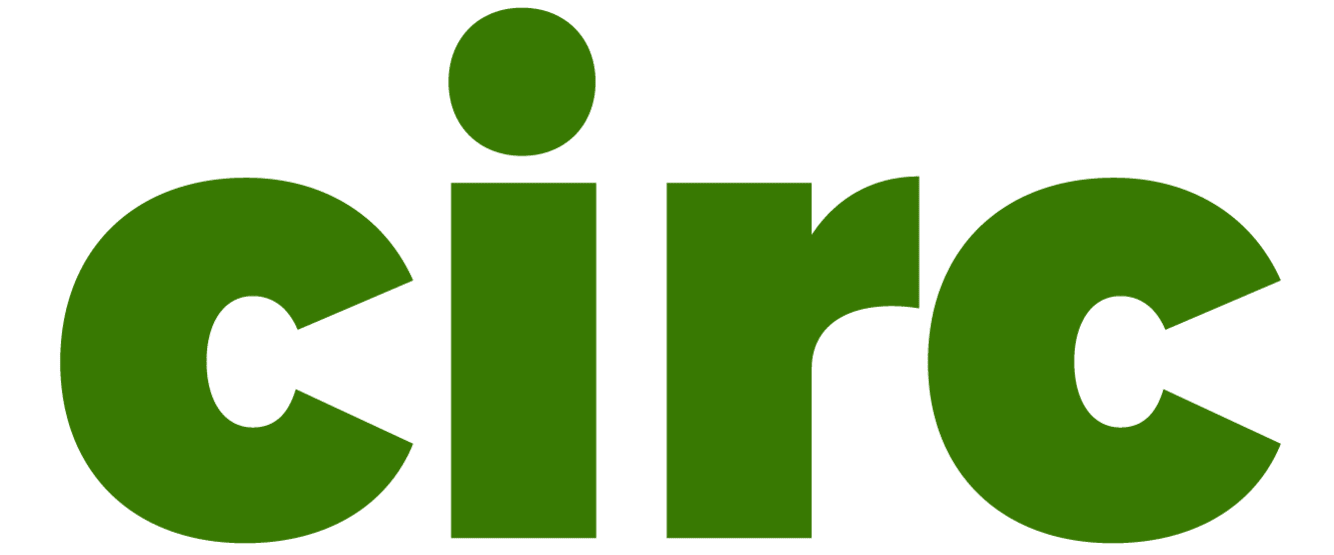As they approach the end of high school, students face a major life decision. Should they go to college?
In many high-income families, the college conversation occurs early and often—and no wonder, because parents probably attended college themselves. These families tap professional networks for recommendations, arrange campus visits, investigate gap years and other postsecondary alternatives, and engage consultants to suggest best-fit schools and polish application essays.
By contrast, students from economically disadvantaged families, whose parents may not have attended college, tend to rely on in-school information and guidance from school counselors. While research shows that effective counselors can boost student outcomes (see “Better School Counselors, Better Outcomes,” research, Summer 2020), they typically carry heavy caseloads that limit individual support: The national average is 470 students per counselor and upward of 1,000-to-1 at schools that serve large numbers of low-income students.
This relative lack of information substantially impacts low-income students’ postsecondary success. Many high-achieving low-income students do not enroll in college at all, and those who do often “undermatch,” enrolling in less-selective, under-resourced schools where they have a greater probability of dropping out (see “Expanding College Opportunities,” research, Fall 2013). At the same time, after decades of expecting “college for all,” many low-achieving, low-income students enroll in a less-selective college without sufficient information about whether it’s the right fit, or if they are prepared to succeed, and quickly drop out—with dire economic effects. Within eight years of leaving high school, 66 percent of students from high-income families earn a degree or credential compared to 26 percent of economically disadvantaged students, federal data show. Meanwhile, one in four U.S. adults under age 40 carries education debt, including a median of between $10,000 and $14,999 for college dropouts.
How can high schools better support low-income students through this high-stakes decision-making process? Expanding the number of in-school counselors is unlikely given the cost, but what if college planning were part of a school’s curriculum and therefore taught by teachers? I designed an experiment that compared post-graduation outcomes among students at high schools randomly assigned to teach, or not to teach, an 18-week college-planning curriculum, either as a standalone class or part of a senior-year humanities course. I find a range of benefits, at a cost of about $8 per student.
The main impact isn’t that more students enroll in college; in fact, the initial college-going rate remains about the same. Instead, the course influences which students go to college: high-achieving students, defined as having above-median GPAs and scores on the SAT, are 4 percent more likely to enroll in either a two- or four-year college, while low-achieving students are 9.5 percent less likely to enroll.
Students also have higher rates of persistence and are more likely to earn an associate degree within six years of high school graduation. The effects are largest for low-income high achievers, who are 6 percent more likely to enroll in college and 11 percent more likely to earn a two- or four-year degree. At the same time, I also find that while enrollment among low-income, low-achieving students falls by 9.5 percent, there is no decline in the share of those students earning a degree. In other words, offering a college-planning curriculum nudges a greater share of academically prepared students to enroll and succeed in college, while some of the students who would be most likely to drop out opt not to enroll in the first place.
Deciding whether, where, and what to study in college is complex, with uncertain costs and returns and substantial implications for degree attainment, lifetime earnings, and education debt. With a very low cost and estimated benefit of up to $5,410 per student, classroom instruction in college planning is a promising intervention to guide young adults toward their best next steps.


